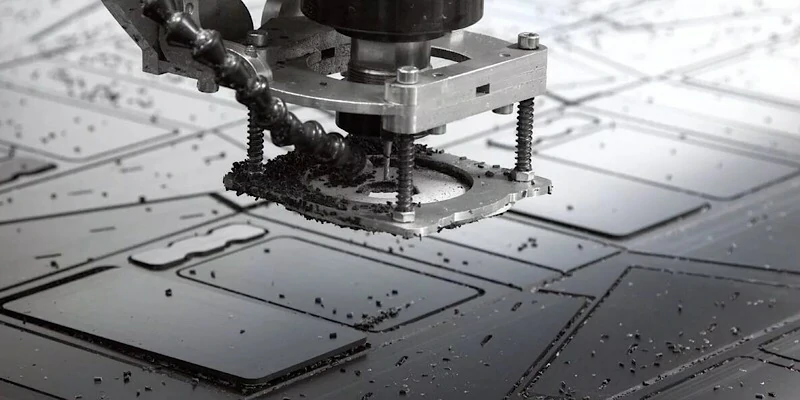Different Types of CNC Cutting Tools
Introduction
CNC (Computer Numerical Control) cutting tools play a crucial role in the manufacturing industry. These tools are designed to precisely cut and shape various materials, such as metal, wood, and plastic. With the advancement of technology, different types of CNC cutting tools have been developed to meet the diverse needs of industries. In this article, we will explore some of the most common types of CNC cutting tools and their applications.
1. End Mills
End mills are one of the most widely used CNC cutting tools. They are used for cutting and milling operations, such as creating slots, pockets, and contours. End mills come in various shapes, including square end mills, ball nose end mills, and corner radius end mills. The choice of end mill depends on the desired surface finish, material hardness, and cutting requirements.
2. Drills
Drills are essential tools for creating holes in different materials. CNC drills are available in various designs, such as twist drills, step drills, and center drills. Twist drills are commonly used for general-purpose drilling, while step drills are ideal for creating multiple hole sizes with a single tool. Center drills, on the other hand, are used to create a starting point for accurate hole drilling.
3. Inserts
Inserts, also known as indexable inserts, are removable cutting tips that are mounted on milling cutters, turning tools, and boring bars. They offer the advantage of quick and easy tool replacement, reducing downtime in CNC machining operations. Inserts come in different shapes and sizes, such as square, triangular, and round, and are made from various materials, including carbide, ceramic, and high-speed steel.
4. Reamers
Reamers are precision cutting tools used for enlarging and finishing existing holes. They ensure high accuracy and excellent surface finish. CNC reamers have straight or spiral flutes and are available in different designs, such as chucking reamers and adjustable reamers. Chucking reamers are used in fixed-size hole applications, while adjustable reamers can be adjusted to achieve the desired hole size.
5. Countersinks
Countersinks are tools used for creating a conical recess at the surface of a material. They are commonly used in metalworking applications to provide a chamfered opening for screws or bolts. CNC countersinks come in different angles, such as 60° and 90°, depending on the specific application requirements.
6. Face Mills
Face mills are milling cutters used for machining large flat surfaces. They feature multiple cutting edges and are ideal for high-volume material removal. CNC face mills are available in various types, such as shell mills and indexable insert face mills. They are commonly used in industries like automotive, aerospace, and mold making.
Conclusion
CNC cutting tools are essential for precision machining operations in various industries. The different types of CNC cutting tools mentioned in this article, including end mills, drills, inserts, reamers, countersinks, and face mills, offer versatility and efficiency in material cutting and shaping processes. The choice of the appropriate tool depends on factors such as the material to be machined, the desired surface finish, and the specific machining requirements. By selecting the right CNC cutting tool, manufacturers can achieve accurate and efficient operations, leading to high-quality products.
.webp)



